 Skin Warts: Major Causes and Natural Support Strategies
Skin Warts: Major Causes and Natural Support Strategies
Skin warts are a skin condition that commonly occur on your hands or feet, and sometimes other areas of your body. They are characterized by a small growth on your skin caused by the human papillomavirus which triggers extra skin cell growth. While they often go away on their own, sometimes they need topical treatment to remove them. Instead of using invasive or toxic dermatological treatments, I recommend natural topicals and natural support strategies.
In this article, you will learn what skin warts are. You will understand their major causes and main types. You will learn about common dermatological skin wart removal strategies. Finally, I will share my top natural topical applications and natural support strategies for skin warts.

What Are Skin Warts
Skin warts are small, noncancerous growths that can look anywhere from a solid blister to cauliflower looking skin. Skin warts are caused by viruses of the human papillomavirus (HPV) family which triggers extra cell growth and thickening of the skin.
Skin warts tend to appear on your hands or feet, however, they may occur anywhere else. Some people, especially those with weakened immune systems, other skin conditions, or those who bite their nails. Warts are contagious through skin-to-skin contact (1, 2, 3).
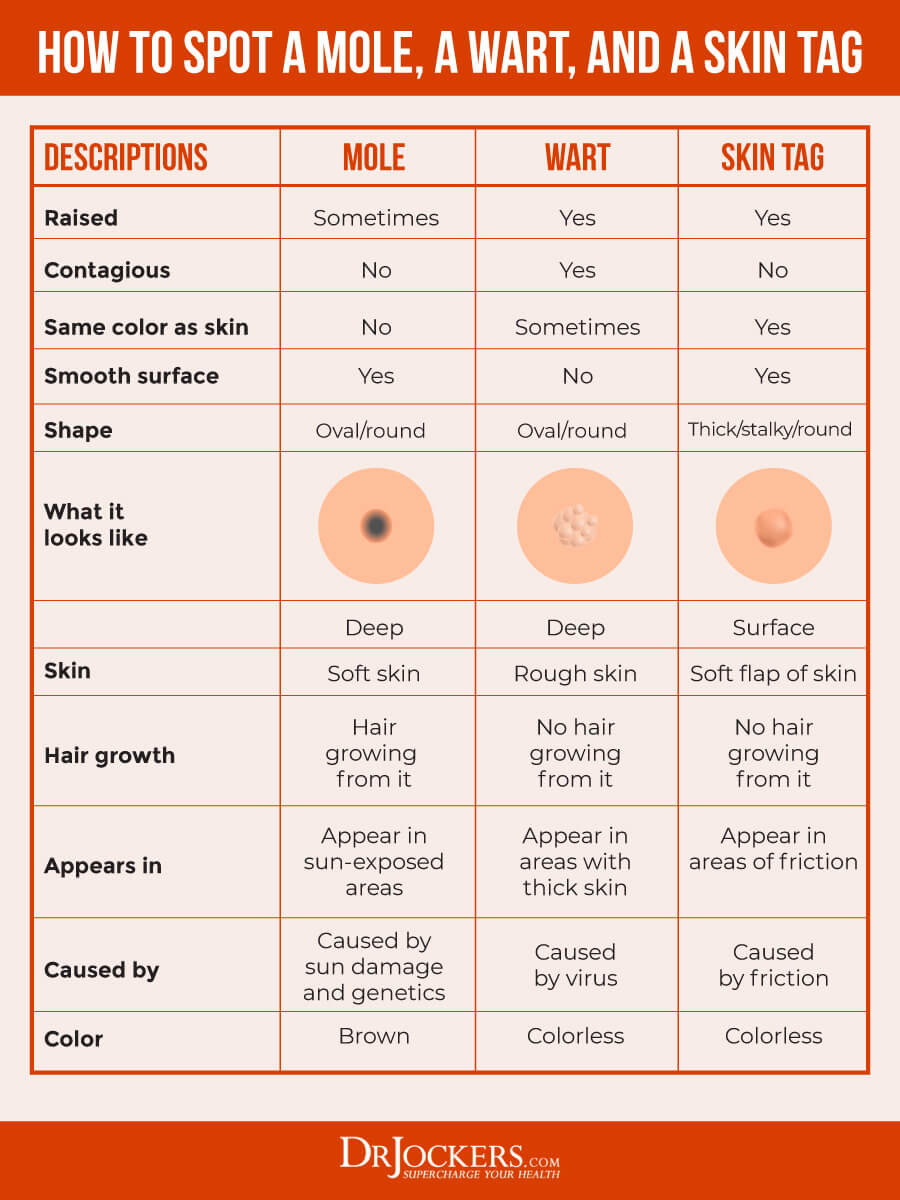
Major Causes of Skin Warts
Skin warts are caused by the HPV virus, however, there are certainly other factors that may increase your risk. Let’s look at the major causes of skin warts (1, 2, 3).
HPV Viral Infection
Skin warts are caused by viruses within the HPV family which lead to rapid and excessive keratin growth. Keratin is a hard protein found on the top layer of your skin. These viruses are a variety of HPV strains that can spread through skin-to-skin contact or through contact with infected shoes, flip-flops, or towels.
It can also spread through scratching or biting a wart, biting your nails if there is a wart around it, shaving, and similar activities. Damaged or wet skin coming in contact with the virus also has higher risks. Walking around barefoot in public showers, pools, and saunas may also increase your risk. While the risk of catching skin warts is low, it is important that you protect your immune system to lower your risks.
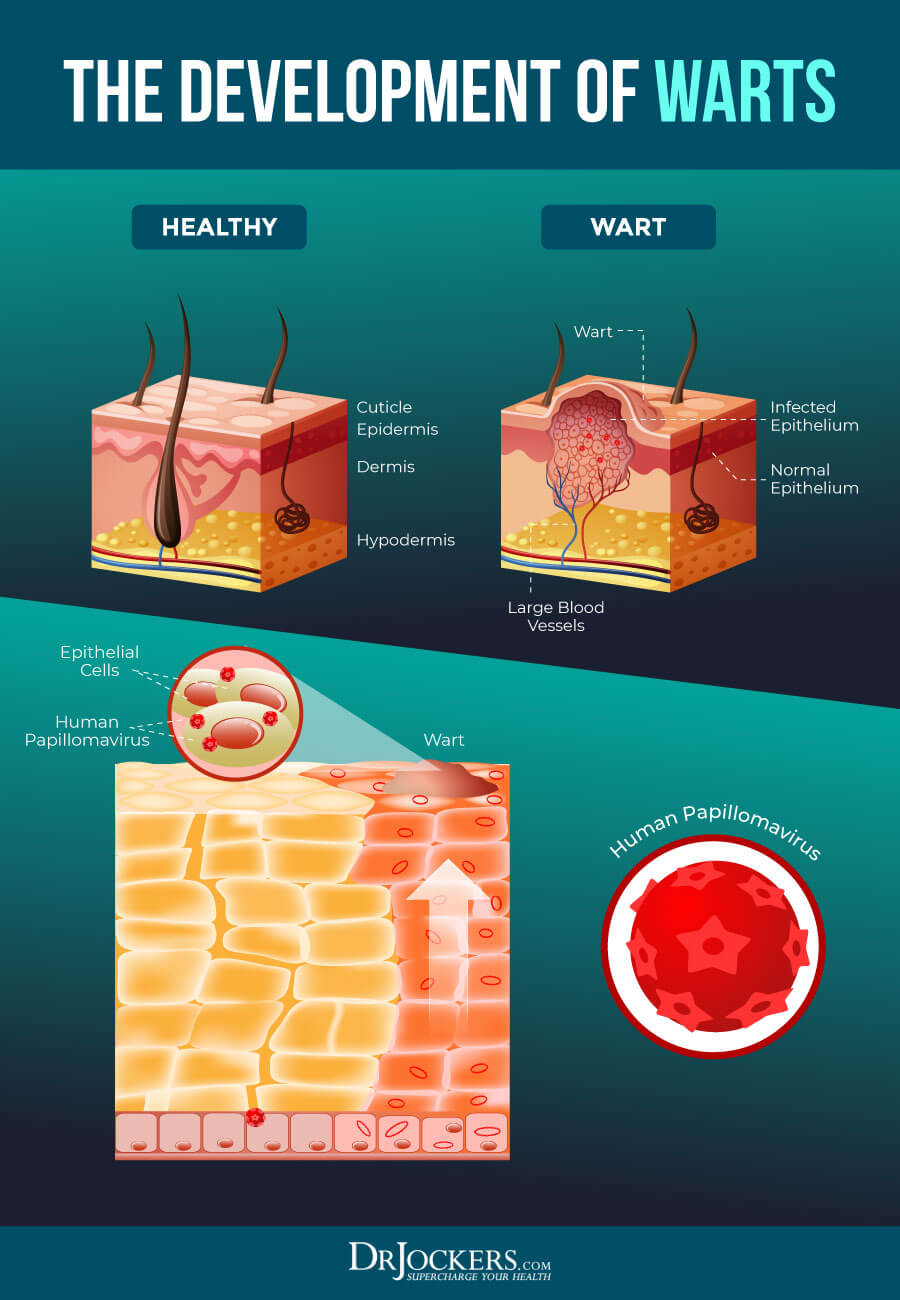
Compromised Immunity
As said, the chances of catching skin warts from another person are quite low. If you have a healthy immune system and protect your body, the chances of getting skin warts are rather slim.
However, if you have a compromised immune system, for example, have HIV or AIDS; are undergoing treatment, for example, cancer treatment, that compromises your immunity; or are taking immunosuppressants, your risks of viral infections and skin warts are higher, and you need to take extra measurements to protect your health.

Chronic Inflammation
Chronic inflammation due to an unhealthy diet, poor lifestyle, and toxic exposure, can increase your risk of various health issues, including skin warts. Chronic inflammation may increase your risk of compromised immunity and make you more vulnerable to various viruses.
It may lead to other skin issues, including psoriasis and eczema, that further increase your risk of skin warts due to compromised skin health and scratching. Chronic inflammation may also make your recovery from skin warts more difficult.
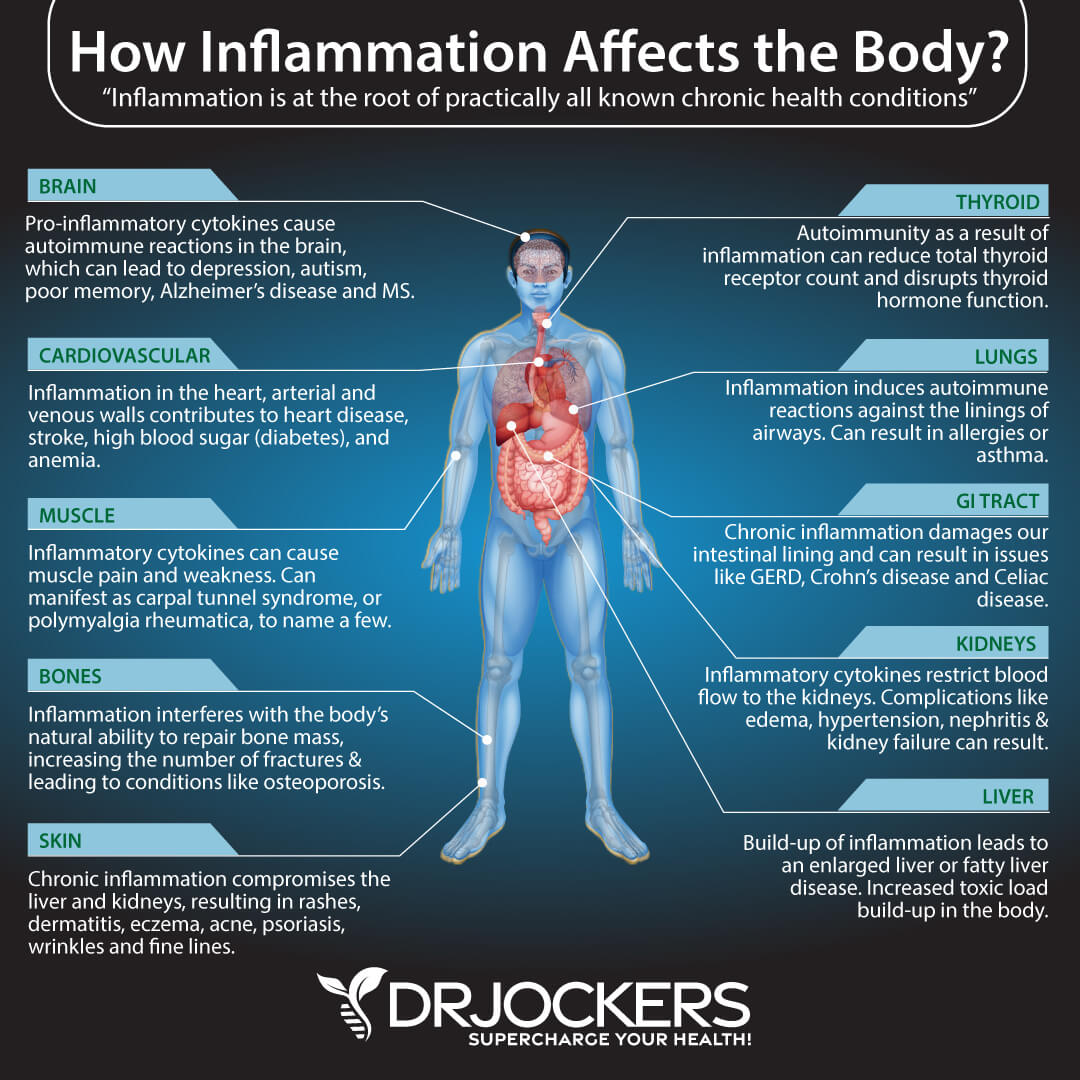
High Toxic Load
You are exposed to toxins all the time. Air pollution, toxic tap water, non-organic food covered with pesticides, conventional animal products filled with hormones, plastic products, cigarette smoke, and even stress increase your body’s toxic load.
High toxic exposure and high toxic load can increase inflammation in your body and increase your risk of compromised immunity, chronic inflammation, vulnerability to viral infections, and skin issues. Having skin warts may be telling you that you need to reduce your toxic load.
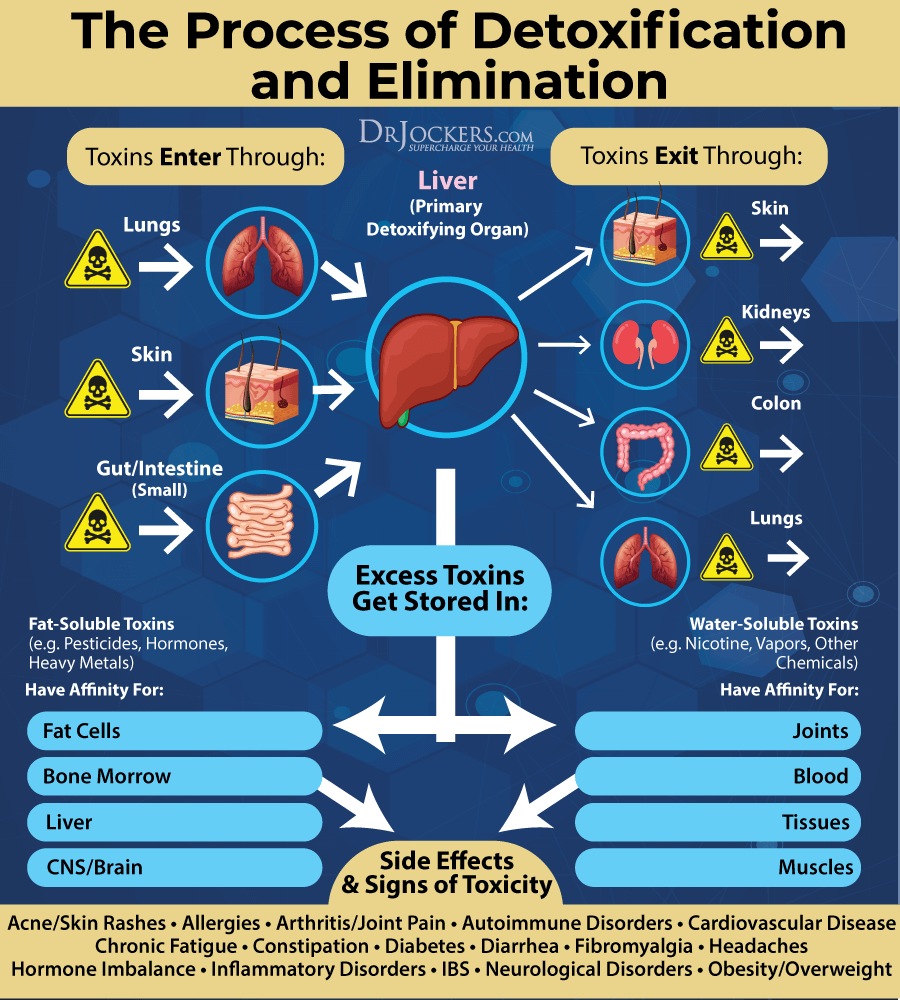
Other Skin Problems
Other skin health issues, including acne, eczema, and psoriasis, may be signs of a poor immune system, chronic inflammation, and a high toxic load, which increases your risk of skin warts. If you are already experiencing other skin issues, you may be more likely to scratch your skin or have open, inflamed skin that makes the spreading of skin warts easier.
If you have other skin infections, it is not only critical that you practice proper precautions, but that you also examine the underlying reasons of your skin conditions and find proper treatment to reduce your risk of skin warts and protect your health.
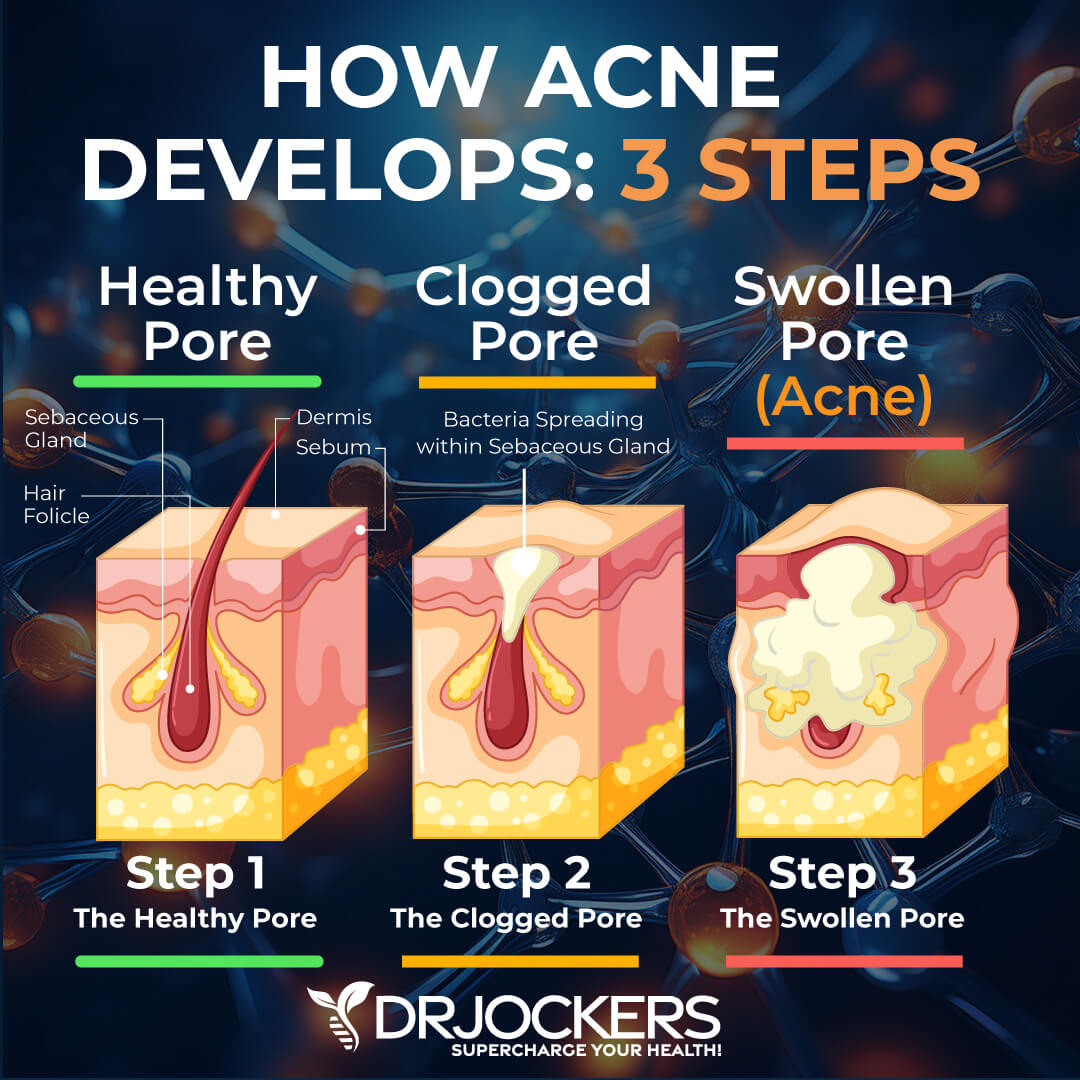
Types of Warts
There are five different types of skin warts that you may experience (4):
- Common warts: Common warts look rough, grainy, and grayish with a rounded top. They tend to grow on your toes and fingers but may occur elsewhere on your body.
- Plantar warts: As their name suggests, plantar warts grow on the soles of your feet. While most other warts grow out of your skin, plantar warts go inward. They may look like there is a small hole in the bottom of your foot surrounded by or covered by hardened skin. Plantar warts may push against your shoes or make walking rather uncomfortable.
- Flat warts: Flat warts are usually small and have a flat top. They may be brownish, pink, or yellowish. They tend to appear on your arms, thighs, or face.
- Filiform warts: Filiform warts are small and look like a skin tag or flap of skin. They are skin-colored. They tend to grow on your neck, under your chin, in your nose, or around your mouth.
- Periungual warts: Periungual warts occur under or around your fingernails or toenails. They can affect your nail growth and cause pain.
If you are uncertain if you have skin warts or another skin condition or what type of skin wart you have, talk to a dermatologist or other informed healthcare practitioner for a diagnosis. If your skin wart is painful, bleeding, in a sensitive spot, growing, changing shapes or colors, or noticing an infection around them, make sure to visit a healthcare professional for treatment and diagnosis. Diagnosis may involve a biopsy and looking at the skin wart under the microscope (2).
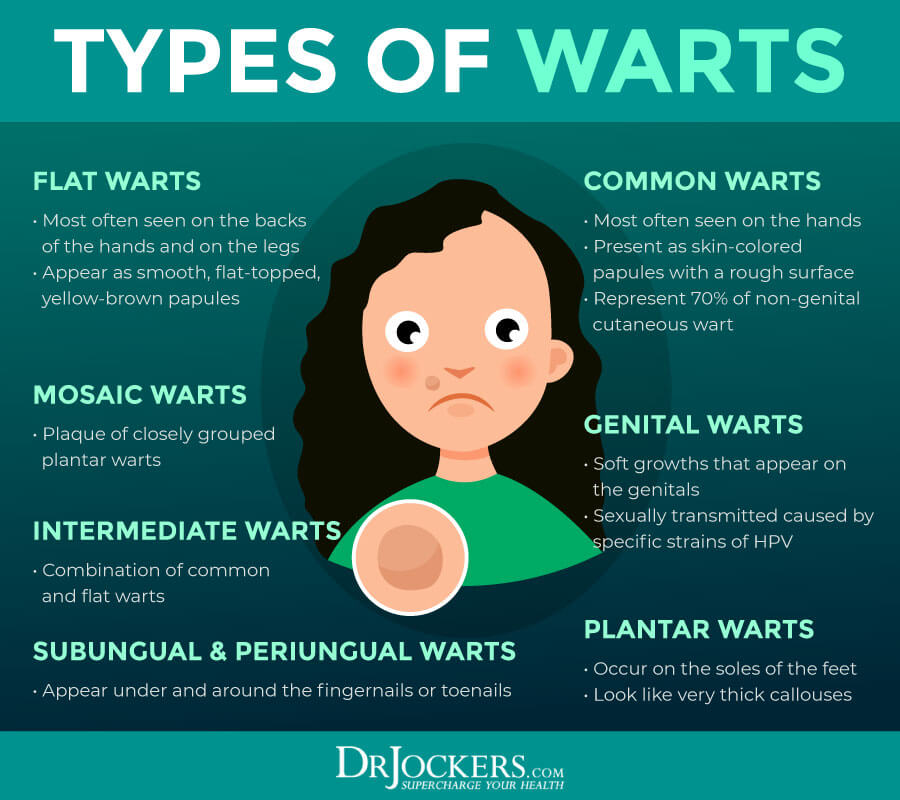
Common Dermatological Wart Removal Methods
Skin warts often go away on their own without any treatment. However, when skin warts become an ongoing issue, don’t go away, or are located in an uncomfortable spot, people often seek help from a dermatologist. Common dermatological skin wart removal methods may vary depending on your personal situation or your doctor (3).
The most common dermatological skin wart removal methods may include:
- Cantharidin: Your doctor may “paint” your skin wart with cantharidin in their office, which causes a blister to form right under the skin wart. This will allow your dermatologist to clip away the dead wart in a week or two.
- Cryotherapy: Cryotherapy, or freezing, is possibly the most common method. Your dermatologist will freeze the skin making the wart eventually darken and fall off. The treatment is not very painful, however, it often needs to be repeated a few times before it’s successful.
- Electrosurgery and curettage: Electrosurgery or burning is a common treatment for foot warts, filiform warts, and common warts. It is often used together with curettage, which means the curetting or scraping off the wart with a small, spoon-shaped tool or sharp knife.
- Excision: Your dermatologist may use excision and cut out the wart in their office.
Some skin warts are especially difficult to treat. In these difficult cases, your dermatologist may use one of the following methods:
- Laser treatment: Laser treatment is one frequently used option for more stubborn skin warts. Before removing your skin wart through laser treatment, your dermatologist will likely numb the area with an anesthetic shot to make the procedure pain-free.
- Chemical peels: Your dermatologist may use chemical peels for flat warts. They will prescribe you a peeling medicine, such as prescription-strength salicylic acid, glycolic acid, and tretinoin for you to apply at home.
- Bleomycin: Bleomycin is an anti-cancer medicine. Your dermatologist may use this and inject each skin wart with bleomycin. This treatment is quite harsh as it may hurt and may lead to loss of fingernails.
- Immunotherapy: When nothing else is working, you may be given immunotherapy. This method applies a chemical called ciphencyprone (DCP) directly on the skin wart causing a milk allergic reaction causing your skin wart to disappear.
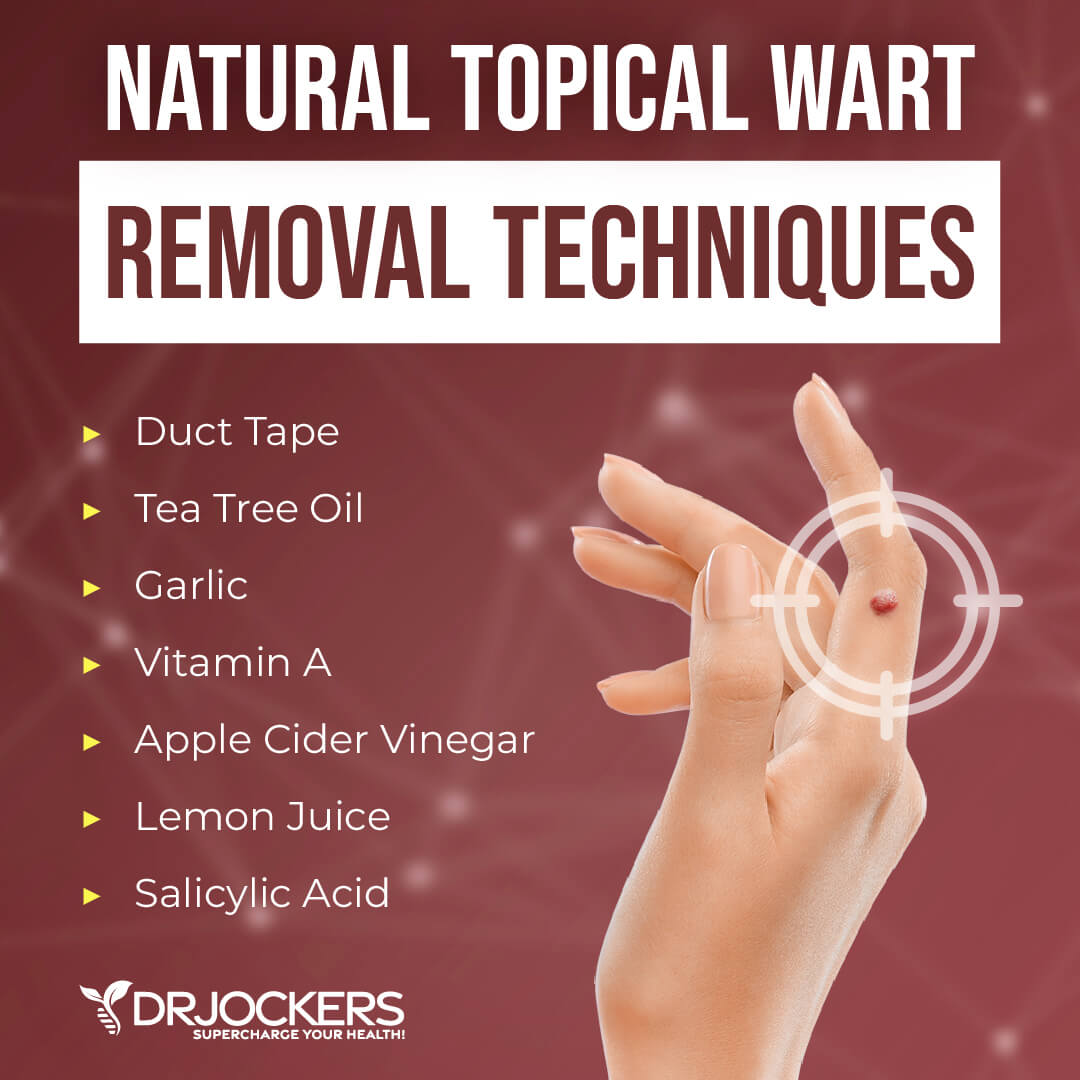
Natural Wart Topical Applications
As you can see, many of these common dermatological applications are quite harsh and utilize toxic chemicals. The good news is that if your skin warts don’t go away on their own, you can try a variety of natural topical applications.
Duct Tape Wart Removal
The duct tape method is one of the home skin wart treatment methods that many people find success with. Cover your skin wart with a piece of duct tape for 4 to 7 days. Then remove the tape, soak and wash the skin wart with soap and water, then rub the skin wart to remove any dead skin.
This method may take a few rounds of treatments for up to 4 to 6 weeks until the skin wart completely disappears. According to a recent 2019 study, the duct tape method is a safe and well-tolerated method that can be used for skin warts, including for children.
As the study describes, unlike the salicylic acid or cryotherapy method, which may lead to blisters, pain, and skin irritation, the duct tape method is safe and painless without much risk of skin irritation. If you have sensitive skin or you are using this for a child, this may be a great option to try (5).
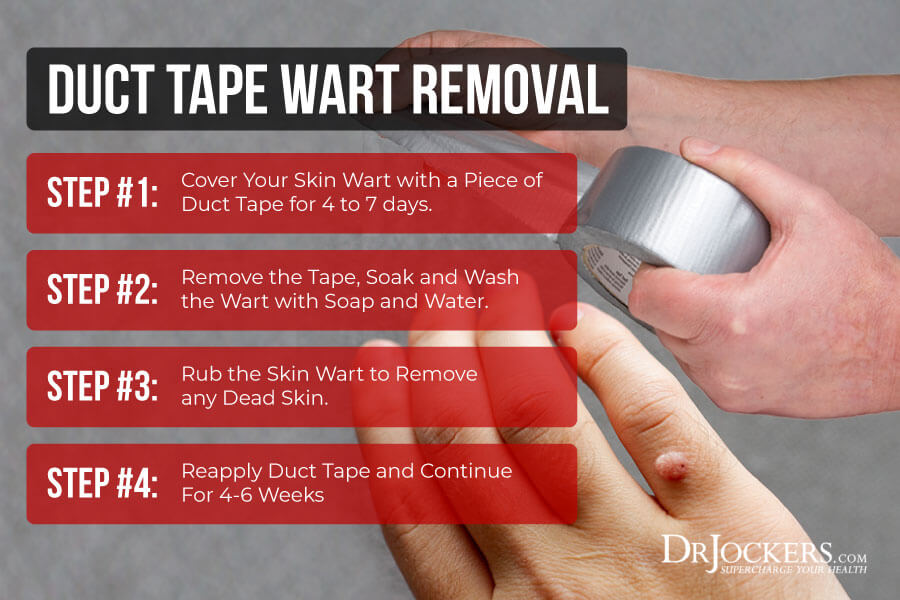
Tea Tree Oil For Wart Removal
Tea tree oil has some fantastic anti-viral, anti-microbial, and anti-inflammatory properties. It may be beneficial for a variety of skin issues and infections. According to a 2008 case study, applying tea tree oil for 12 days on the affected area helped to clear skin warts in a pediatric patient.
To try this method, soak a cotton ball or cotton swab with tea tree oil, and apply it on the skin warts once a day. Use it daily until the skin wart disappears. You should see results within 1 to 3 weeks (6).
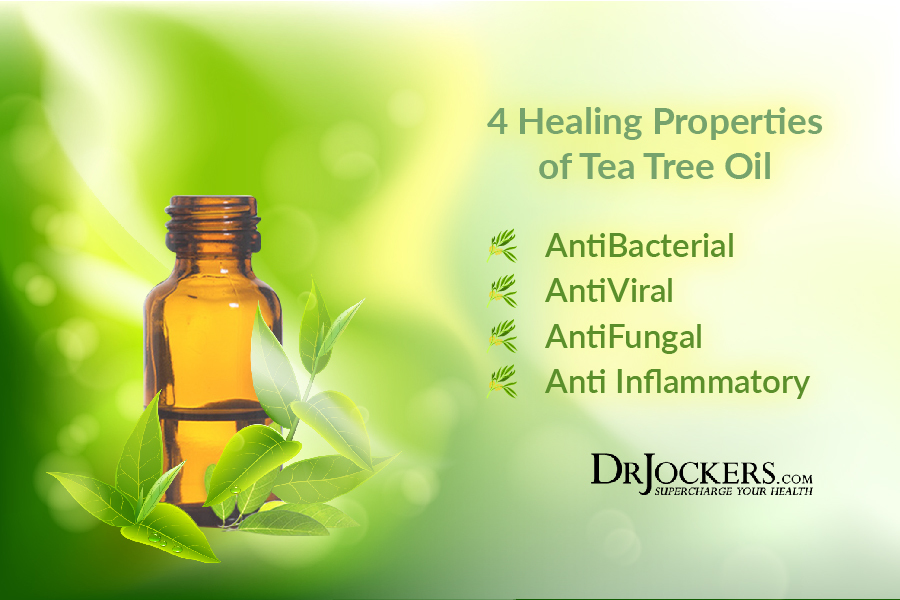
Garlic For Wart Removal
Garlic is a fantastic food with anti-viral and anti-inflammatory properties. Eating garlic can support your health and protect you from infections, however, using garlic externally also has some fantastic health benefits, especially for infection-related issues, including skin warts.
There have been a few studies done including one where children’s warts were treated with garlic. In this study, they found that 100% of the warts were cleared with no significant side effects other than complaints of the smell and one instance of mild skin irritation. Another study used a fat extract of garlic on both warts and corns. They studied 42 patients of various ages and found 100% recovery in all the patients with the warts (7, 8).
For the garlic method, mix one clove of crushed garlic with 1/8 cup of olive oil in a blender or food processor to make a dressing and apply it on the wart, and cover it with a bandage. Remove the bandage and reapply the garlic olive oil mixture each day until it is gone. This may last 3–6 weeks.
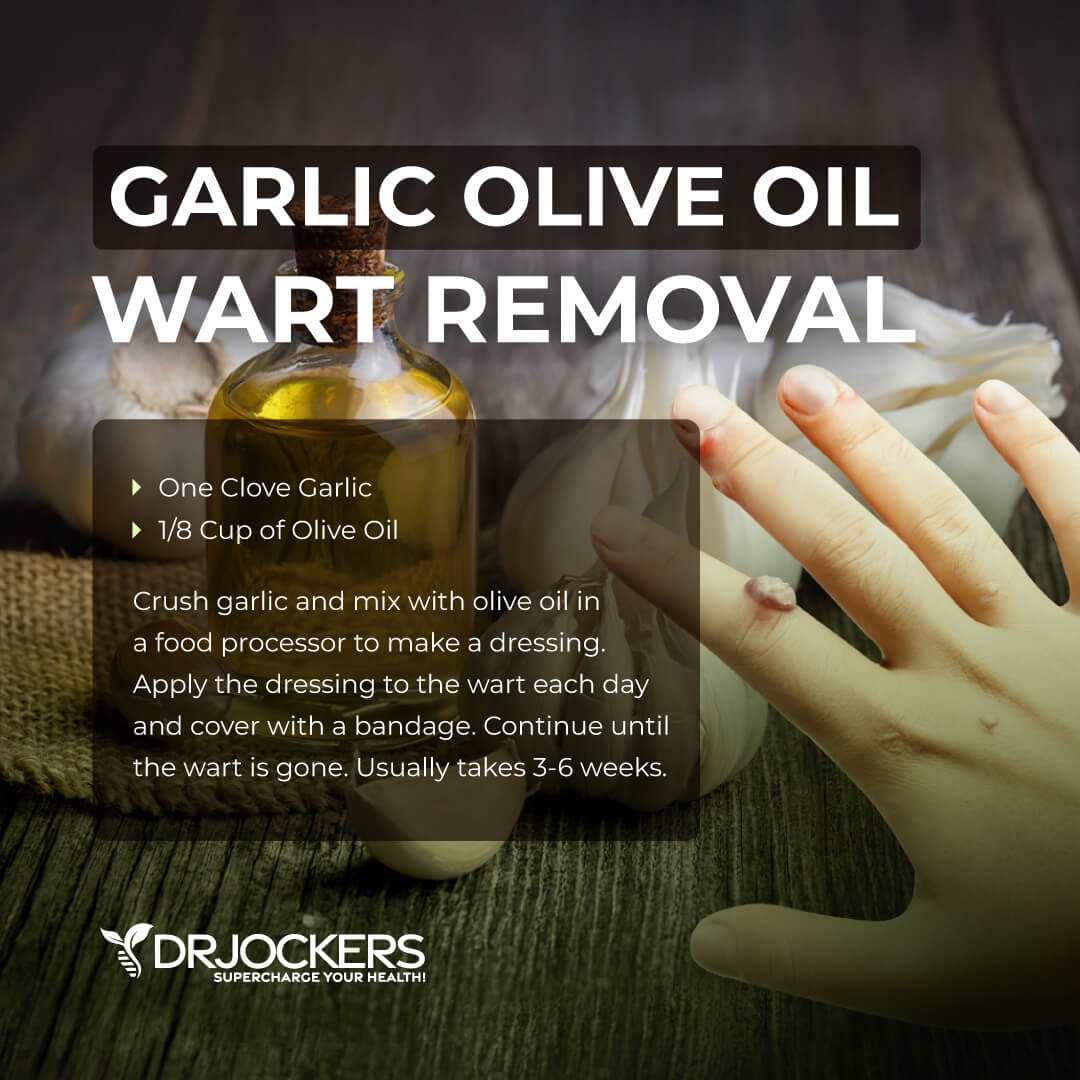
Vitamin A
Vitamin A is an essential vitamin that you can use both externally and internally. Topical vitamin A may be helpful for skin warts. According to a case study of a female patient with serious skin warts that resisted salicylic acid, apple cider vinegar, and over the counter essential oils, topical vitamin A turned out to be an effective solution.
They used a daily topical application of 25,000 IU of vitamin A derived from fish liver oil. Her smaller warts disappeared within 70 days, while one larger (9 millimeters) wart took 6 months to heal.
If you are dealing with a serious and stubborn case of skin warts, topical vitamin A may be your best bet. Make sure to buy a high-quality, hypoallergenic, and highly concentrated vitamin A brand for optimal results and safety (9).

Apple Cider Vinegar or Lemon Juice
Applying apple cider vinegar or lemon juice may help to remove skin warts. They have mild acids that fight the virus causing the condition and burn off the skin wart itself. Mix two parts apple cider vinegar (or lemon juice) with one part water. Soak a cotton ball with the mixture.
Tape the cotton ball on the wart and leave it overnight. Repeat this daily until the skin wart is gone. If you are using apple cider vinegar or lemon juice, be careful of potential chemical burns. You may start out slowly by applying the cotton ball for a few hours instead of overnight. Examine your skin each day, and if you notice any burning or irritation, stop using this method.

Natural Support Strategies
Besides using natural topical applications, I recommend natural support strategies that help to protect your body, improve your health, reduce your risk of health issues, and support your recovery.
Immune-Supportive Nutrition
Eating an immune-supportive nutrition plan supports your overall health and reduces your risk of viral infections and skin warts. Eliminate all inflammatory foods that compromise your immune system, including refined sugar, gluten, refined oils, deep-fried and processed foods, conventional dairy, grain-fed meat and eggs, soda and sugary drinks, and foods that you are sensitive or allergic to.
Eat an immune-supportive nutrient plan that is low in carbohydrates and full of nutrients. Choose nutrient-dense greens, vegetables, low glycemic index fruits, herbs, spices, fermented foods, healthy fats, grass-fed meat, and wild-caught fish.
Add plenty of anti-viral foods to your diet to protect your body from viral infections and skin warts caused by the HPV virus. Foods that are rich in vitamin C, including lemon, lime, oranges, broccoli, guava, and strawberries are fantastic for your immune system. Ginger, oregano, basil, onions, garlic, sage, lemon balm, peppermint, and dandelion are fantastic foods with immune-supporting and anti-viral properties. To learn more about an anti-inflammatory diet, read this article (10, 11, 12, 13).
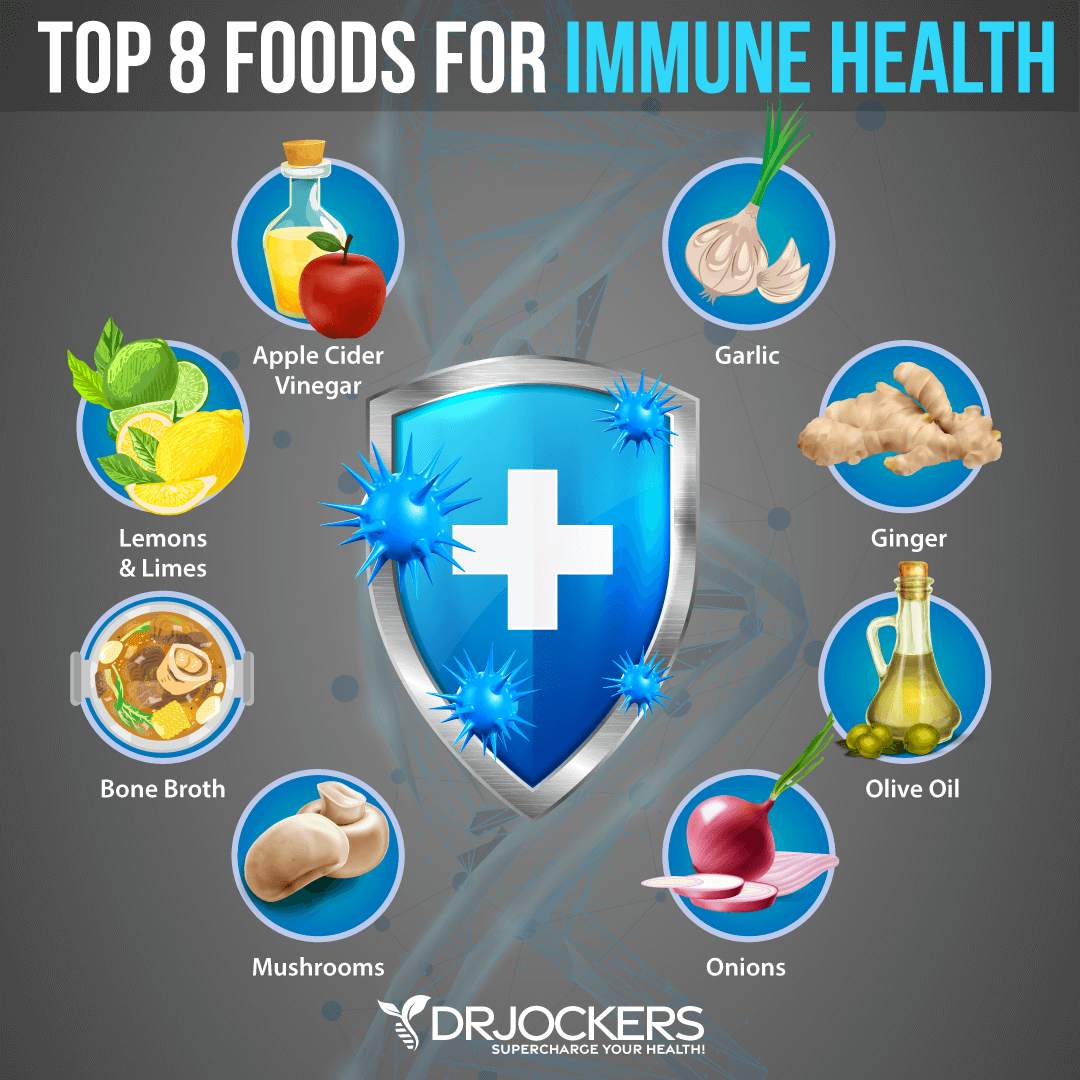
Intermittent Fasting
Intermittent fasting is an approach to fasting that essentially cycles between not eating (fasting) and eating (feasting) over a certain period of time, generally within one day. Intermittent fasting has a variety of health benefits that may help to lower your risk of skin warts and improve your overall health, including helping to support immune regulation, inflammation reduction, cellular repair, increased autophagy, and insulin resistance.
If you are new to intermittent fasting, start out slow by trying a simple fast. A simple fast involves 12 hours of fasting including your overnight sleep at first. Increase your fasting window gradually.
Most people, including myself, do the best with (and love!) the 16:8 approach which involves 16 hours of fasting. However, I encourage you to find what approach works best for your body and lifestyle. To learn more about intermittent fasting and best intermittent fasting practices, I recommend this article (14, 15, 16, 17, 18, 19, 20).
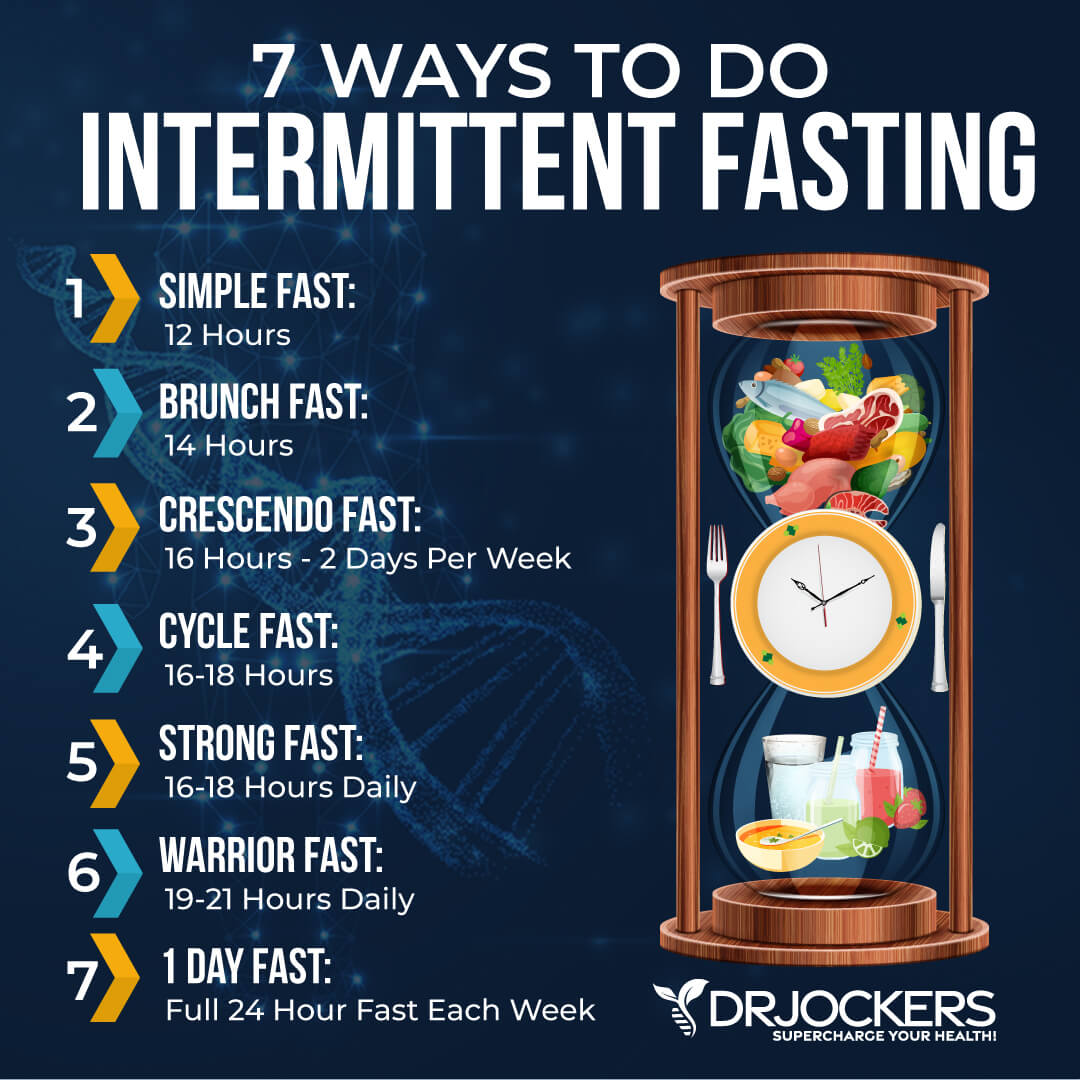
Prioritize Sleep and Reduce Stress
Sleep and low-stress levels are important for your overall health. They contribute to a better immune system, lower inflammation, optimal detoxification, and other factors that play an underlying role in developing skin warts. I recommend that you develop a regular sleep schedule.
Go to bed and wake up at the same time every day to support your natural circadian rhythm and sleep-wake cycle. Make sure to avoid electronics, sugar, caffeine, and ideally, all food close to bedtime. Engage in relaxing activities, including meditation, journaling, reading, crossword puzzles, coloring, gratitude journaling, and prayer that help you wind down. Make sure to get 7 to 9 hours of good sleep.
Start your day with a big glass of water and a morning routine that sets you up for a good day. Meditation, prayer, gratitude, journaling and stretching may be part of your morning routine. Reduce stress throughout the day by surrounding yourself with uplifting people and activities, being grateful for the good things in your life, practicing breathwork, mindfulness, meditation, moving your body, and eating nourishing food.

Regular Movement & Exercise
Regular movement and exercise are essential in lowering inflammation, improving your immune health, and supporting detoxification, which are all factors that play a role in protecting your body from health issues, including skin warts. I recommend that you exercise at least five times a week for 20 to 30 minutes.
Aim to do a mix of cardiovascular activities and strength and resistance training. High-intensity interval training (HIIT) is one of my favorite workouts to get the benefits of both cardio and strength training within a single, short, yet effective workout.
For cardio, you may try rebounding, dancing, hiking, swimming, jogging, or biking. For strength and resistance training, weightlifting, bodyweight workouts, and CrossFit are good options.
I recommend that you incorporate low-impact workouts into your routines, such as yoga, Pilates, or tai chi. These low-impact workouts provide strength works, balance, stability, and mental benefits without straining your body. Stay active throughout the day by taking a stroll at the local park, playing with your kids or pets, taking the stairs, stretching regularly, or dancing to your favorite song.
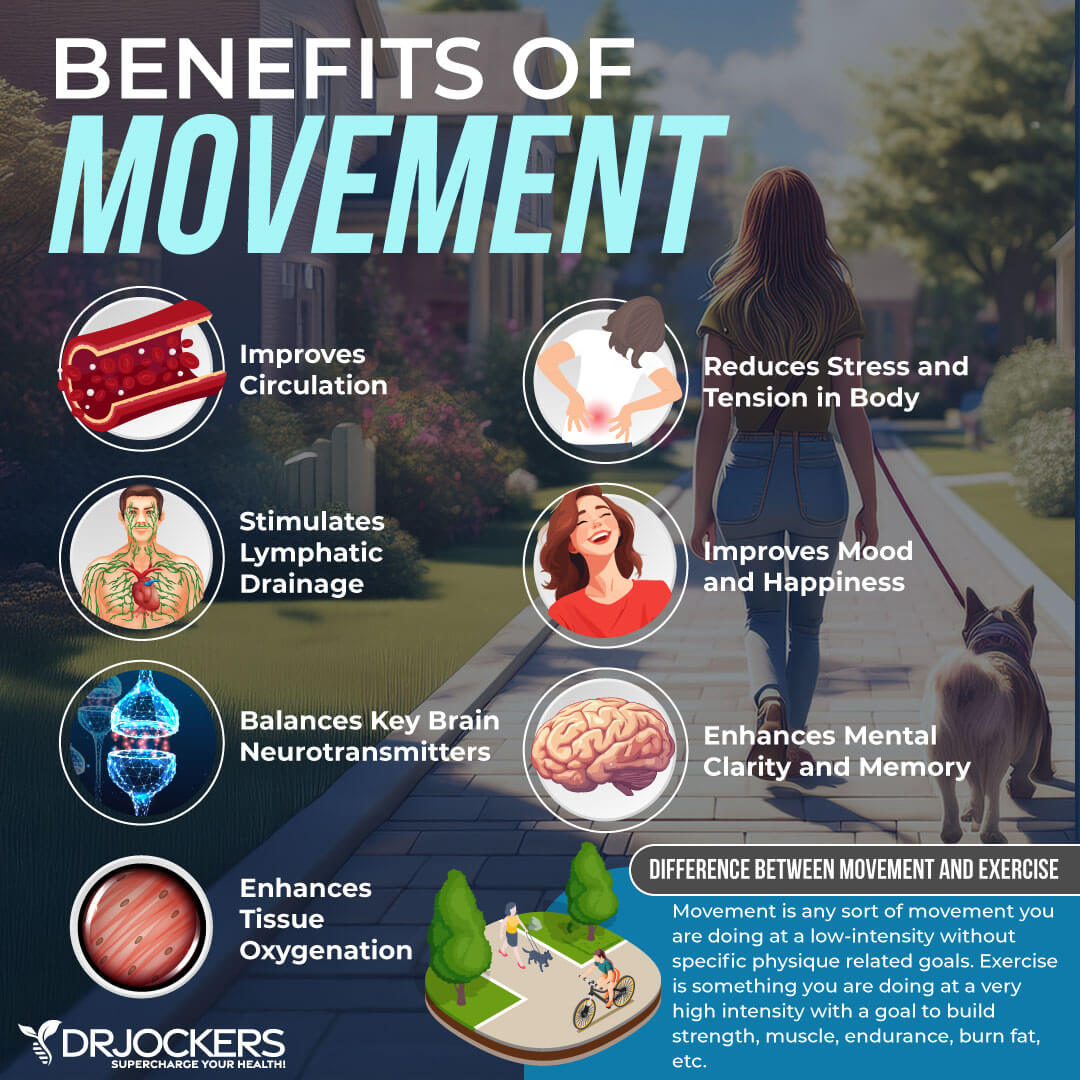
Improve Zinc & Vitamin C Levels
Research has shown that both zinc and vitamin C are critical for your immune system. They help your body to fight viral infections, lower inflammation, and improve your overall health. I recommend that you eat plenty of zinc-rich foods, including seafood, pumpkin seeds, grass-fed meat, and grass-fed dairy.
To boost your vitamin C levels, I recommend eating plenty of lemons, lime, other citrus fruits, strawberries, kiwis, broccoli, spinach, and Brussels sprouts. According to scientists, too much sugar can interfere with vitamin C absorption. It is important that you avoid refined sugar and eat a low-carbohydrate diet. I also recommend that you supplement with a daily dose of zinc and vitamin C (21, 22, 23).

Use Omega 3’s, Vitamin D, and Vitamin A
Omega-3s, vitamin D, and vitamin D are all essential for your immunity. Omega 3 fatty acids have anti-inflammatory benefits and according to a 2019 study, they are beneficial for your immune cell health as well. A 2011 study discussed how vitamin D deficiency may increase the risk of viral infections.
According to a 2016 research, vitamin D deficiency may be a contributing factor for HPV infections, and vitamin D may play a beneficial role in treatment. Furthermore, according to a 4-year study, vitamin A deficiency may increase the risk of HPV infection by 70 percent, and vitamin A may play a role in prevention (24, 25, 26, 27).
To help to protect yourself from skin warts, I recommend all three of these nutrients. Omega-3-rich foods include fish, fish oil, hemp seeds, chia seeds, and flax seeds. While it is important to get some sunshine to improve your vitamin D needs, with our indoor lifestyle, it is impossible to meet all your requirements.
Fish is also an excellent way to boost your vitamin D needs. Cod liver oil, eggs, and orange vegetables and fruits are great sources of vitamin A. To supplement with all three of these nutrients, Cod Liver Oil is the best way to go.
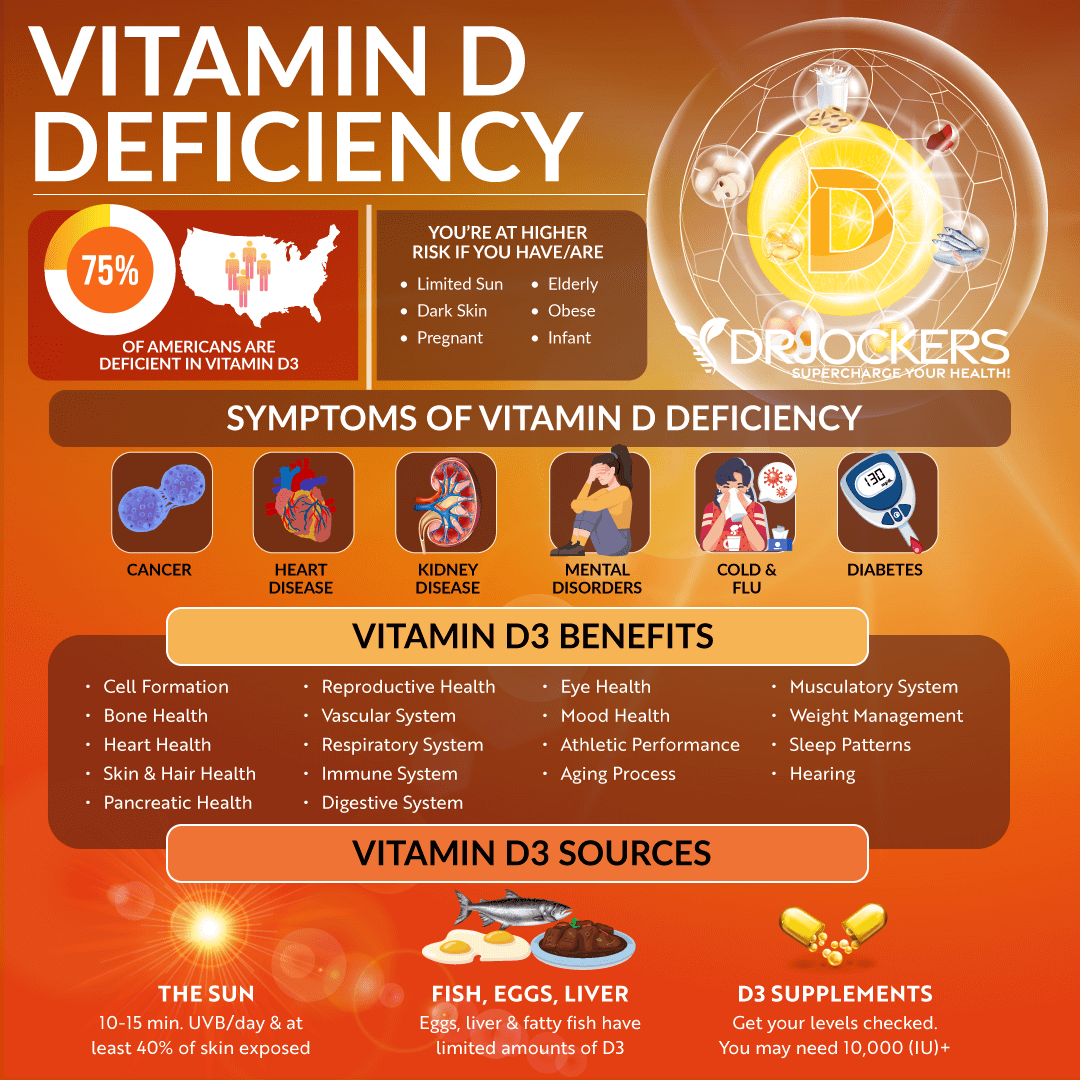
Use BioActive Carbons
BioActive Carbons are a type of carbon that help create and sustain life in a cell. They are generated when important microbes decompose old plant matter and make it into nutrient-rich dirt and soil. There are two different plant-based acids that are bioactive carbons: fulvic and humic acid.
They are made up of carbon, hydrogen, and oxygen just like your body. BioActive Carbons help to improve your immune system. They fight pathogens, including viruses and bacteria.
They help your body’s detoxification pathways and improve your overall health. By fighting viruses and supporting immunity, supplementing with BioActive Carbons may be helpful for skin warts. To learn more about BioActive Carbons, I recommend reading this article (28).
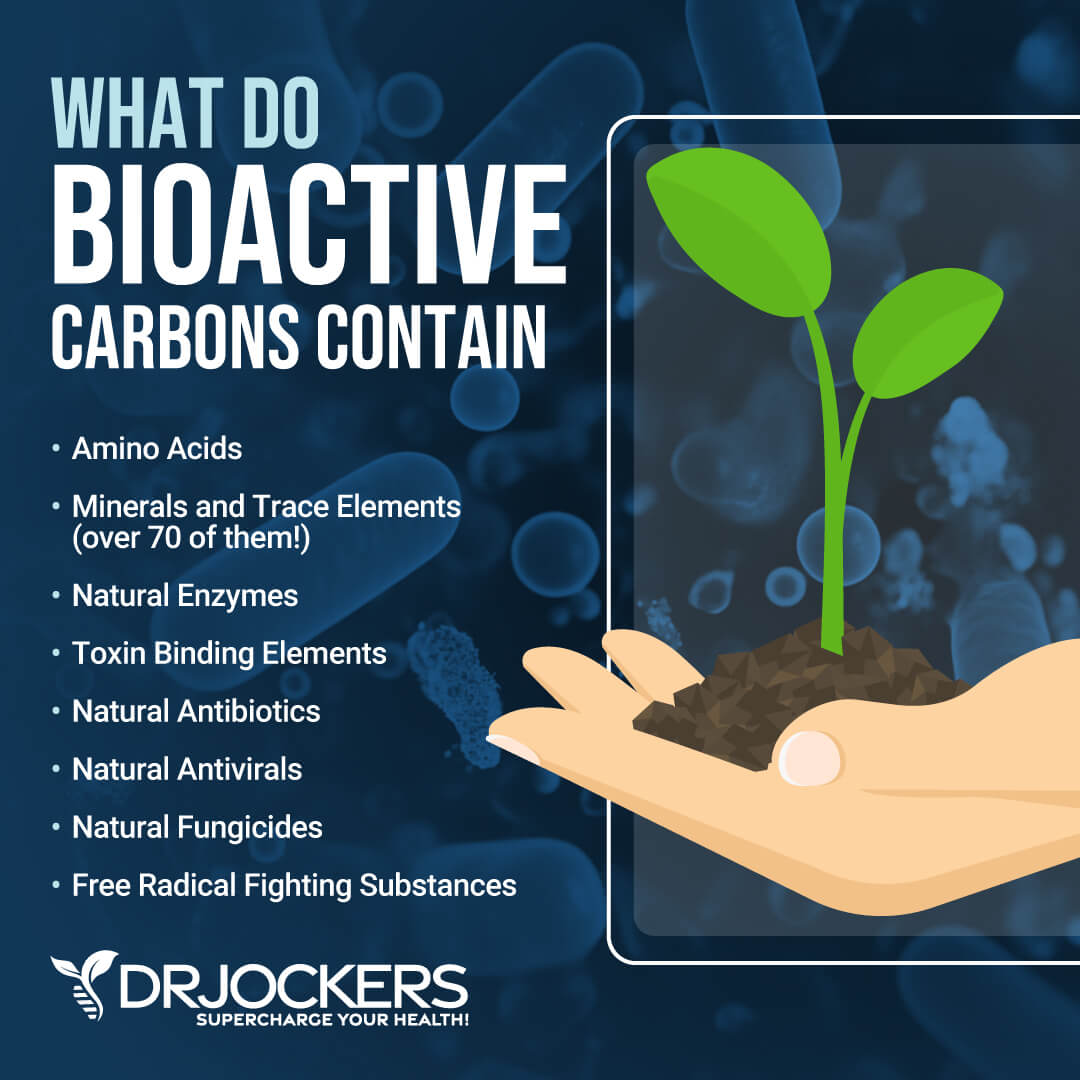
Use Anti-Viral Herbs Internally
Taking anti-viral herbs internally may help your body fight viral infections, improve immunity, and serve as a beneficial supplement for skin warts. Olive leaf extract, broccoli sprouts, and mulberry are particularly beneficial anti-viral herbs I recommend supplementing with.
A 2014 study has shown that oleuropein, the active ingredient in olive leaf extract has anti-inflammatory, antioxidant, and disease-fighting benefits. Various research, including a 2016 randomized, double-blind study has shown the anti-viral benefits of broccoli sprouts on peripheral blood natural killer cells.
Furthermore, 2018 research has shown the antiviral benefits of mulberry seeds and juice. Supplementing with olive leaf extract, broccoli sprouts, and mulberry may support your body’s fight against skin warts (29, 30, 31).
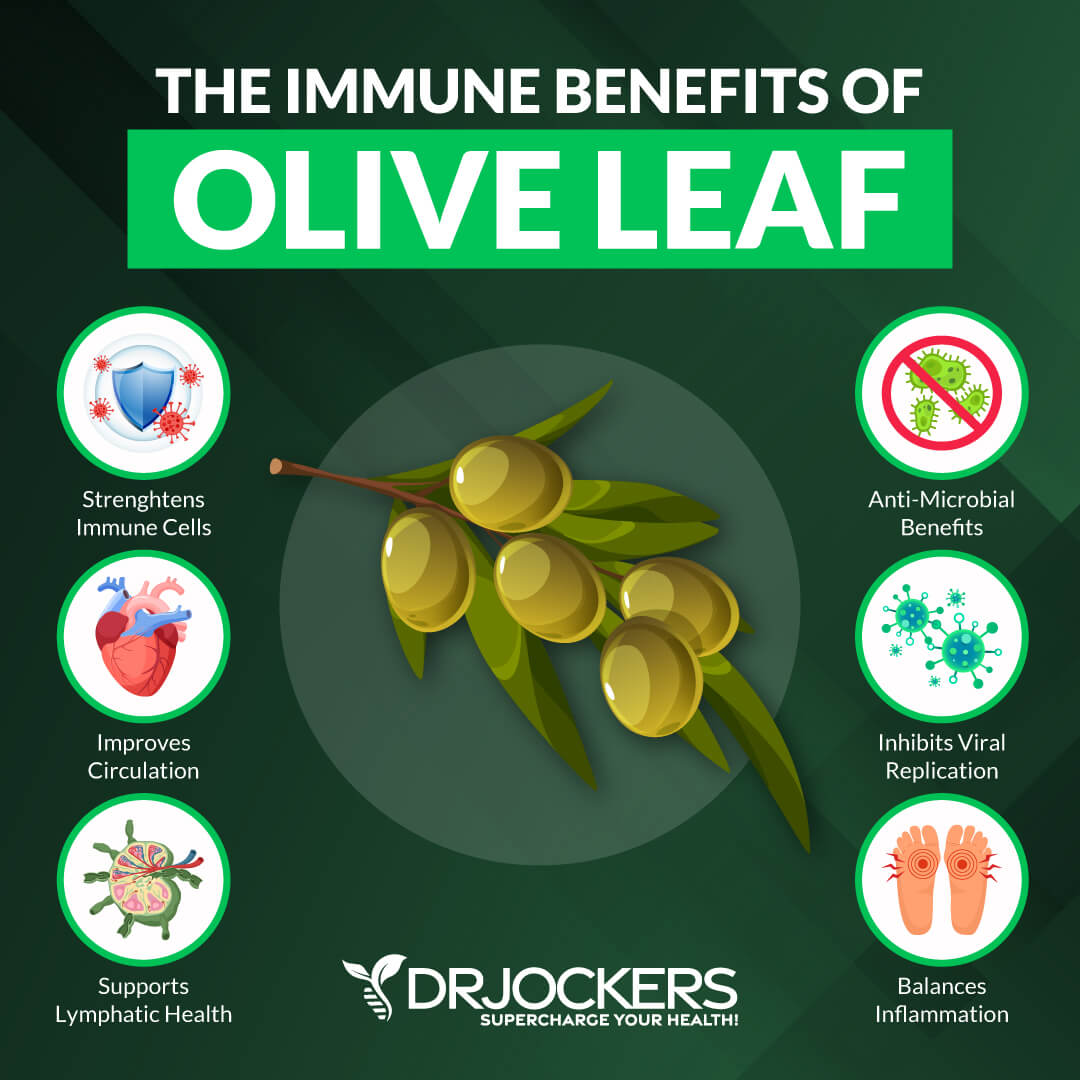
Final Thoughts on Warts
Skin warts are common skin condition caused by the HPV virus. While they may go away on their own, if they are more stubborn, irritating, or in difficult areas, I recommend that you try my natural topicals for the removal of skin warts.
Additionally, try my natural support strategies to support your immune system, improve your body, and create health and well-being free from skin warts. For more info on how to activate your body’s innate healing ability, check out my free Liver Cleanse guide.
If you want to work with a functional health coach, I recommend this article with tips on how to find a great coach. Our website offers long-distance functional health coaching programs with our world-class team of health coaches. For further support with your health and other goals, just reach out—our fantastic coaches are here to support your journey.
Inflammation Crushing Ebundle
The Inflammation Crushing Ebundle is designed to help you improve your brain, liver, immune system and discover the healing strategies, foods and recipes to burn fat, reduce inflammation and Thrive in Life!
As a doctor of natural medicine, I have spent the past 20 years studying the best healing strategies and worked with hundreds of coaching clients, helping them overcome chronic health conditions and optimize their overall health.
In our Inflammation Crushing Ebundle, I have put together my very best strategies to reduce inflammation and optimize your healing potential. Take a look at what you will get inside these valuable guides below!



